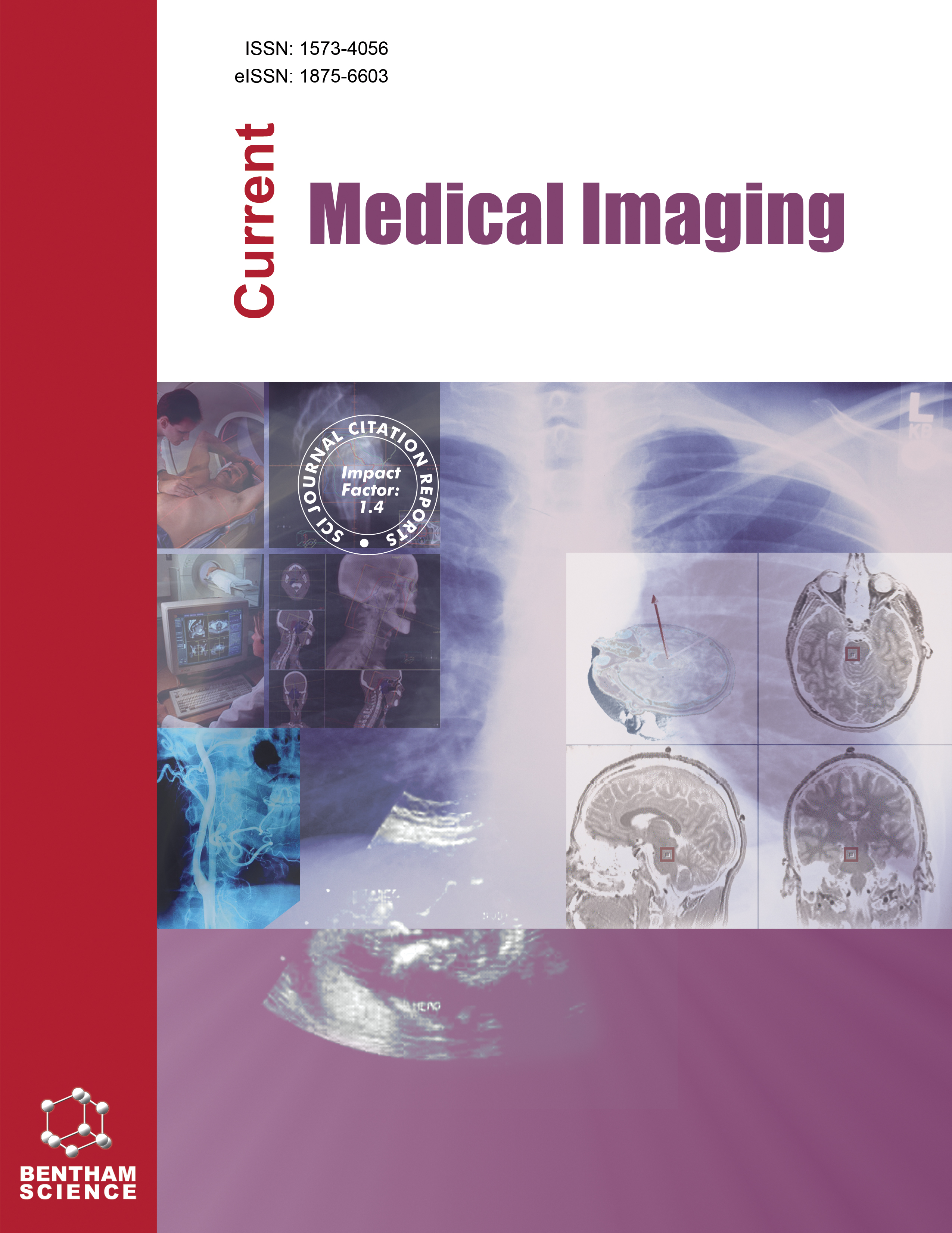-
oa T2-weighted Imaging Features of the Fetal Thymus in the Middle and Late Pregnancy: A Post-mortem Study based on Magnetic Resonance Imaging
- Source: Current Medical Imaging, Volume 20, Issue 1, Jan 2024, e15734056282196
-
- 25 Oct 2023
- 28 Dec 2023
- 01 Jan 2024
Abstract
Fat-suppressed (FS) T2-weighed turbo spin-echo (TSE) sequence was used to detect the signal of the thymus and the characteristics of the thymus location, measure the two-dimensional diameter at specific levels, and analyze the association with gestational weeks.
This study involved 51 fetal specimens. Post-mortem MRI scanning was implemented with a 3.0-T MRI system. T2-weighted imaging (T2WI) features of the thymus in fetuses were quantitatively investigated with DICOM images. Statistical analysis was done with the Chi-Square test, one-way ANOVA, and Student’s t-test.
There was heterogeneity in the morphology of the fetal thymus. FS T2-weighted TSE sequence clearly exhibited the microstructure of the fetal thymus. The thymus extensively showed a lobulated appearance. The central signal is much higher than the peripheral signal in each lobule. In addition, FS-T2WI images can clearly show the interlobular septum, which is filled with fluid and presents a linear high signal. The signal intensity of fetal thymus increased with gestational weeks. The diameter measured in a particular plane was highly correlated with gestational week.
FS T2-weighted TSE sequence provides high-resolution images of the fetal thymus. The change in signal intensity, location, and two-dimensional diameter in a specific plane can be used as a research direction for the fetal thymus.


